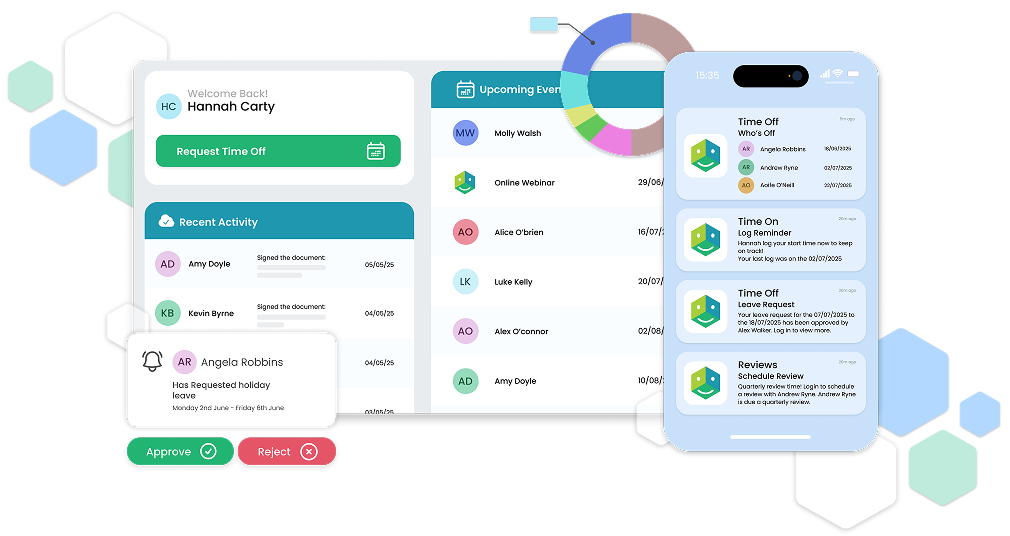Since the beginning of the pandemic, the effect Covid- 19 has caused changes to the working world that employers or employees couldn’t have foreseen three months prior.
One of the biggest changes many businesses have had to adapt to is having all, or at least a larger portion of their employees adapt to remote working.
Many questions about how previous work practices can adapt to remote working have arisen, including how time off in lieu will be handled.
Time Off in Lieu in a Pre-Pandemic World
TOIL (Time off in Lieu) is a common practice in the workplace. For employers, it’s a good move economically, offering additional time off for extra work as opposed to paying employees for additional hours.
For employees, it gives the option of working up hours for time off, which is beneficial if you want to extend holiday time or need time off but don’t have the annual leave hours remaining.
Yet even before the complications that remote working added to the mix, TOIL faced some difficulties.
Firstly, as there isn’t actually a legal right to be paid for extra hours worked, this is an area many employers struggle to get right. Then there was the case of issues arising with recording and accumulating time off, which can also lead to frustration between employers.
However, these obstacles can be overcome even with remote working, which does not seem to be going anywhere anytime soon… at least for the foreseeable future.
Remote Working Is Here To Stay
On Thursday, 14/01/2021, Tánaiste Leo Varadkar published Ireland’s first National Remote Work Strategy, making remote working a permanent option for life after the Covid-19 pandemic.
Under this new strategy, home and remote working is set to become the norm for 20pc of public-sector employees, bringing a change to the traditional 9-to-5 office-based job for tens of thousands of people across Ireland.
Even post-pandemic, it would seem that the need for employees to be present in headquarters, is not entirely as essential as once thought.
U.S.-based consulting firm McKinsey & Company made a report in November 2020 of an analysis of the workforces in nine countries: China, France, Germany, India, Japan, Mexico, Spain, the United Kingdom, and the United States.
The findings came out in favour of working from home, with McKinsey & Company stating:
“More than 20 per cent of the workforce could work remotely three to five days a week as effectively as they could if working from an office”.
Combining TOIL and Remote Working

Calculating TOIL is easier when an employee is present in the office, as an employer can see your clock in and out and remain working after hours.
It is still possible to organise remote working through good work practices that create an environment of trust. Good business culture requires trust. TOIL is an issue of trust and in most cases, employees will tend to give a little extra to the business than they take back.
Through an environment that allows for good employee/employer communication, it can be discussed when TOIL can be taken to less busy business periods. This is particularly useful for seasonal businesses where there are quieter days or times of the year.
Establish good recording tools
It can be difficult for managers to keep track of TOIL even before remote working became available. Now more than ever, accurate recording tools like HRLocker are extremely important. This and many other HR tasks need to be recorded digitally so they can be managed by HR Managers while working from home.
Your employees need to be able to log their time against a set number of hours that have been defined. The trick to doing it remotely is the mechanism through which you allow it.
During these times of great change, keeping your team’s information consistently in order can yield great confidence and productivity for the months ahead.

%20%26%20Remote%20Work%20%E2%80%93%20Achieve%20Harmony%20-%201024%20x%20683..jpg)







